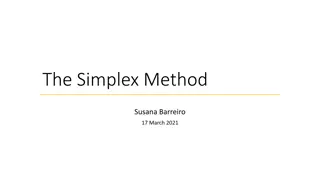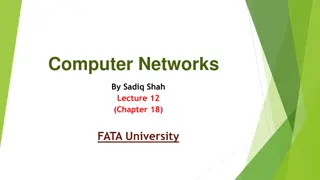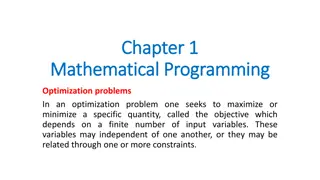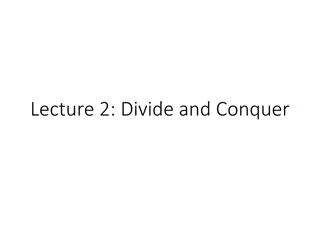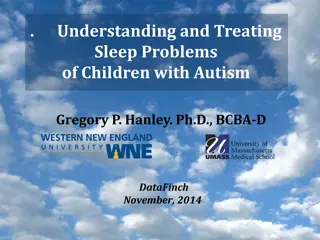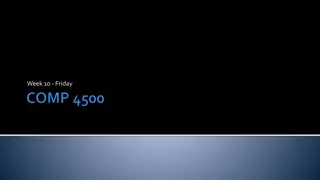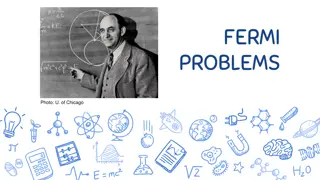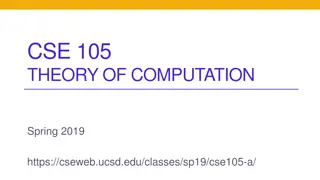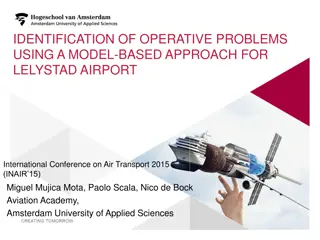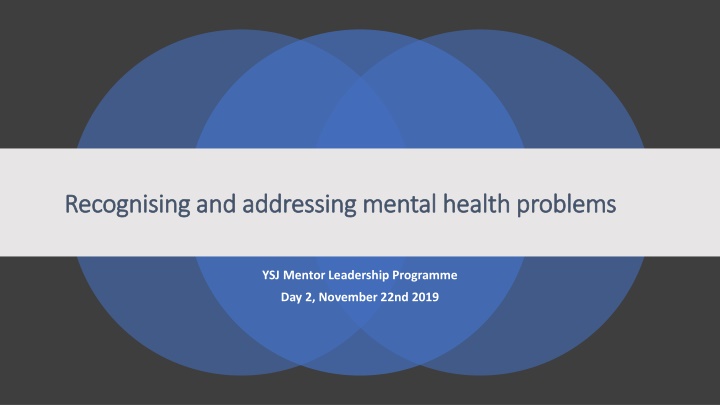
Addressing Mental Health Issues in Leadership Programs
Explore the importance of recognizing and addressing mental health problems, learn about Cavanagh's criteria, ethical considerations, functions of supervision, and emotional profiles in leadership. Understand how to support individuals facing distress or dysfunction within the context of leadership roles.
Download Presentation

Please find below an Image/Link to download the presentation.
The content on the website is provided AS IS for your information and personal use only. It may not be sold, licensed, or shared on other websites without obtaining consent from the author. If you encounter any issues during the download, it is possible that the publisher has removed the file from their server.
You are allowed to download the files provided on this website for personal or commercial use, subject to the condition that they are used lawfully. All files are the property of their respective owners.
The content on the website is provided AS IS for your information and personal use only. It may not be sold, licensed, or shared on other websites without obtaining consent from the author.
E N D
Presentation Transcript
Recognising and addressing mental health problems Recognising and addressing mental health problems YSJ Mentor Leadership Programme Day 2, November 22nd 2019
Discussion in pairs What s your interest in this topic? What experiences have you had of encountering mental health issues as a coach, or at work, or in life more generally? 5 minutes each way
HOW LONG HAS THE DISTRESS OR DYSFUNCTION BEEN GOING ON? HOW EXTREME ARE THE CLIENT S THOUGHTS, FEELINGS AND BEHAVIOURS? HOW PERVASIVE ARE THE ISSUES? Cavanagh s Criteria HOW DEFENSIVE IS THE PERSON? HOW RESISTANT TO CHANGE ARE THE DYSFUNCTIONAL THOUGHTS, FEELINGS AND BEHAVIOURS? SOURCE: CAVANAGH & BUCKLEY 2014
From the EMCC / AC Global Code of Ethics 4.1: Members will have the qualifications, skills and experience appropriate to meet the needs of the client and will operate within the limits of their competence. Members should refer the client to a more experienced or suitably qualified practising member where appropriate. 4.5: Members will discuss any ethical dilemmas and potential, or actual, breaches of this Code with their supervisor or peer supervision group for support and guidance.
The Functions of Supervision The Functions of Supervision Normative Formative Restorative Inskipp & Proctor 1995
Catherine Sandlers Catherine Sandler s Emotional Profiles Triangle Emotional Profiles Triangle A model that defines three emotional profiles, each of which underpins a specific set of closely linked functional and dysfunctional leadership or interpersonal behaviours. [The EPT] puts forward the idea that all individuals move back and forth along the spectrum between their functional and dysfunctional forms of leadership. Sandler 2011
Most leaders tend to have one of the following as their primary (although not exclusive) emotional style: High energy, passionate and driven, they are task-focused and set the direction Warm, inclusive and relationship- focused, they like building teams and developing others Calm, cool and collected, they like an objective, logical, data-driven approach to the task Sandler 2011, p. 100
Under significant pressure, leaders tend to respond primarily (although not exclusively) in one of three ways: FIGHT: aggression is mobilised and they fail to control their anger, resulting in critical outbursts, irritability or powerfully passive-aggressive behaviour FLIGHT: fear is mobilised and they fail to control their anxiety, resulting in passive or manipulative behaviour and conflict-avoidance FREEZE: feelings are shut down and they fail to engage emotionally with others, resulting in a sense of remoteness and lack of connection Sandler 2011 p. 102
To return to their most effective selves, leaders need to address these challenges: Those who go into FIGHT must calm down and regain perspective, reconnect with other people, and show more empathy and appreciation Those who go into FLIGHT must reconnect with the task, find the courage to overcome their fears, and be more honest with themselves and other people Those who go into FREEZE must mobilise their emotions, re-engage with other people and the task, and risk sharing more of themselves Sandler 2011, p. 104
Psychiatric population Counselling population Coaching population Percentage of population Severe mental illness Excellent mental health Source: Adapted from Grant 2007
Aspects of subjective well Aspects of subjective well- -being being Psychological Social Self-acceptance Personal growth Purpose in life Environmental mastery Autonomy Positive relations with others Social acceptance Social actualisation Social coherence Social contribution Social integration Source: Keyes & Lopez 2005
The Complete State Model of Mental Health and Illness The Complete State Model of Mental Health and Illness High Subjective Well-Being Symptoms Complete Mental Health: Flourishing Incomplete Mental Illness: Struggling Low Mental Illness Symptoms High Mental Illness Symptoms Complete Mental Illness: Floundering Incomplete Mental Health: Languishing Low Subjective Well-Being Symptoms Source Keyes & Lopez 2005
From the EMCC / AC Global Code of Ethics 4.6 Members will develop their level of coaching and/or mentoring competence by participating in relevant and appropriate training and/or continuing professional development (CPD). What s next for you?
References Cavanagh, M. & Buckley, A. (2014). Coaching and Mental Health. In: Bachkirova, T., Cox, E. & Clutterbuck, D. (Eds.). The complete handbook of coaching. Thousand Oaks, CA; London: Sage Grant, A. M. (2007). A languishing-flourishing model of goal-striving and mental health for coaching populations. International Coaching Psychology Review, 2 (3), pp. 250-64 Inskipp, F. & Proctor, B. (1995). The art, craft and tasks of counselling supervision, part 1: making the most of supervision. Middlesex, ON: Cascade Keyes, C. L. M. & Lopez, S. J. (2005). Toward a science of mental health. Positive directions in diagnosis and interventions. In: Snyder, C. R. & Lopez, S. J. (eds.) Handbook of positive psychology. Oxford: Oxford University Press, pp. 45-59 Sandler, C. (2011). Executive coaching: a psychodynamic approach. Maidenhead: McGraw-Hill / Open University Press

